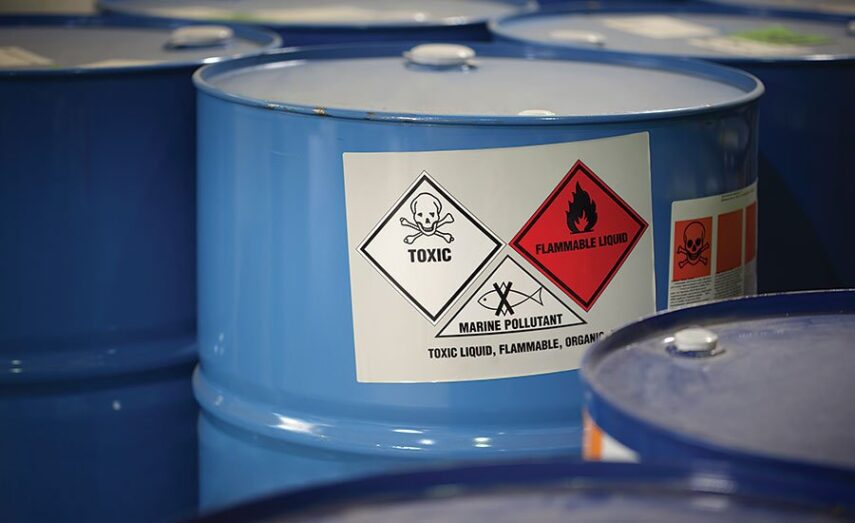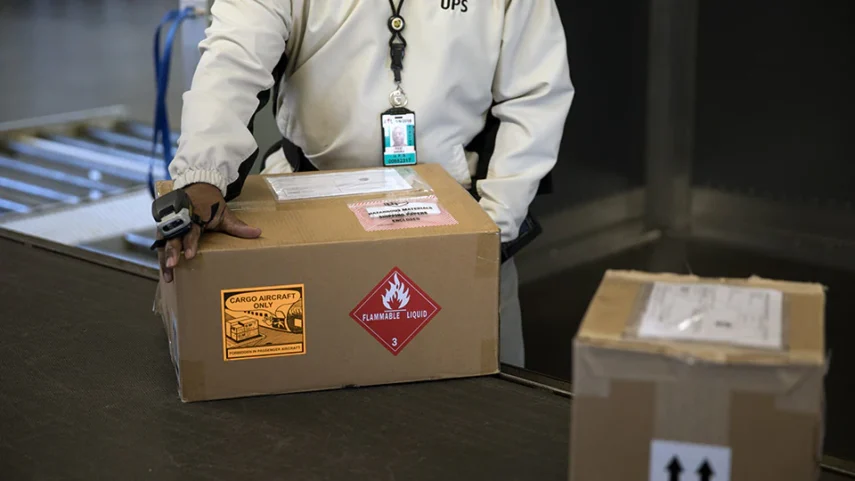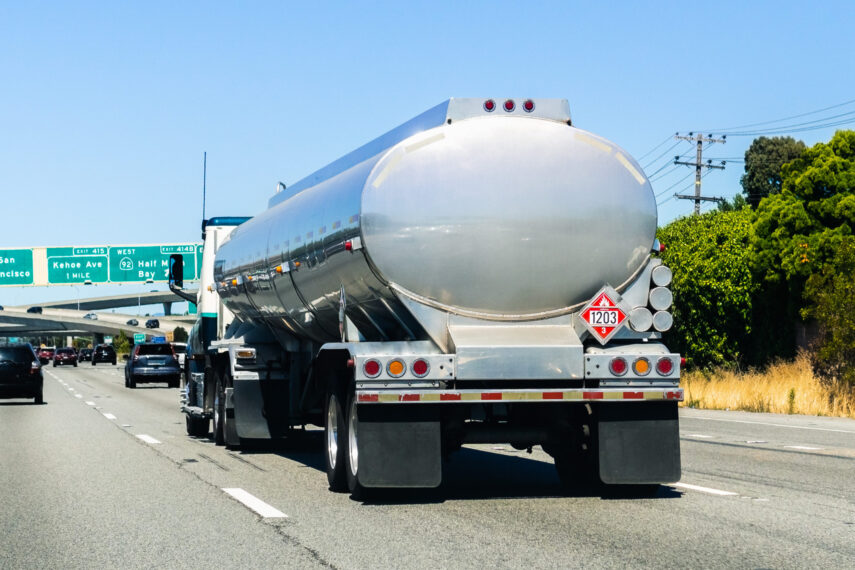Biological and chemical substances are hazardous products and shipping them in the proper manner can help to save lives and prevent damage to property. Hazardous materials must be properly identified and classified in order to avoid accidents. Every item on the Safety Data Sheet has its own ID number, packaging group, and shipping name, all of which are listed on the sheet for easy reference (SDS). If you are unsure of how to classify your hazardous goods, you can refer to the hazardous materials table for assistance and clarification. After reading this information, you will be armed with the classification information you require in order to ship your hazardous goods in a safe manner. gohazmathub.io is an endorsed logistics company, that offers exceptional customer services.
In terms of hazardous materials, compressed gases are by far the most common type, although there are many others as well. Due to the fact that these gases are under tremendous pressure and have the potential to explode, this makes them even more dangerous. Most alcohols, paint thinners, acetone, and a variety of other substances are classified as flammable liquids, as is the majority of paint thinners. Due to the fact that poisons are also classified as hazardous materials, transporting these substances requires the use of special shipping procedures to ensure their safety. Pesticides, disinfectants, and insecticides are all included in this grouping of chemicals, as are other industrial chemicals. These materials must be properly packaged in order to be protected.

Anyone who works with hazardous materials must obtain a product safety data sheet, also known as a PDS, from the manufacturer of the hazardous material with which they will be working before beginning their work. As a result, employees will have a guide to follow, which will help to prevent the substance from being handled incorrectly. It is also possible to ship your hazardous materials through the United States Postal Service, the U.S. Parcel Service, or DHL Express. Despite the fact that each carrier will have their own set of regulations, they will be completely safe to handle and transport under any conditions. Among the hazardous materials that are frequently encountered are paint strippers, lithium batteries, and first-aid kits, to name a few.
The Department of Transportation has put in place regulations for the proper packaging of hazardous materials, which include labelling them as potentially hazardous materials. As an additional precaution, a Product Safety Data Sheet (PSDS) for the goods being transported is required in addition to the Product Data Sheet (PDS). An MSDS is a document that describes the material in question, as well as its characteristics and any other relevant information about the material. In order to transport hazardous materials safely and efficiently, it is necessary to work with a reliable shipping company. To safely handle and transport hazardous materials, you must be familiar with the rules and regulations that govern their handling and transportation.
It can be difficult to decipher the risk management regulations that govern the transportation of hazardous materials because they are so complex. It is critical to understand the policies and procedures, as well as how to adhere to them, in order to be successful in any endeavor. How insignificant it is to ensure that hazardous material packaging is properly labelled, regardless of the type of hazardous material being packaged. This document, which also contains the safety data sheet for the material you are transporting, contains all of the information you could possibly need about the material. A DOT-certified carrier can assist you in ensuring that you are in compliance with all of the relevant rules and regulations in the transportation industry.

It takes time for shippers to classify hazardous materials and prepare them for shipping before they can ship them, so they should plan ahead of time. The packaging of these items must include the appropriate hazard warnings and warning labels to protect the consumer. Labels and shipping documentation are two types of documentation that fall into this category. If you are found to have violated these requirements, you will face severe penalties if you are found to have done so. Due to these developments in interstate commerce, the United States Department of Transportation (USDOT) has established strict guidelines for the proper handling and shipment of hazardous materials in interstate commerce. Upon completion of the classification process, it is possible to begin the shipping process immediately. The composition of the material must first be determined by the company, and then the shipping procedures for the material must also be determined by the company.
To comply with federal regulations, hazardous materials must be classified and packaged with the appropriate hazard communication labels. These regulations are set forth by the United States Department of Transportation. In this category of communication are the following examples: labels, shipping documentation, and marks. Compliance with these rules and regulations is essential because even the smallest mistake can have serious ramifications on the operation of a business. In order to avoid this situation from occurring, make certain that you follow all applicable rules and regulations when shipping hazardous materials. Aside from that, you’ll need to be familiar with the laws that are currently in effect in your area of responsibility.
Hazardous materials are classified according to the classification system that is used by the government to classify hazardous materials. If you are shipping hazardous materials, you must make certain that the materials are properly packaged in order for them to arrive at their destination safely. If you have not already done so, you should prepare yourself for the possibility of being subjected to severe penalties and fines if you fail to comply. When transporting hazardous materials, you should familiarize yourself with all of the regulations that are applicable in your state before you begin your transportation operation. This is necessary in order to ensure the safety of your product on the market. If you have any questions or concerns about a specific chemical or material, you should contact the appropriate agency and request a copy of the relevant warning label.

When shipping hazardous materials, make certain that they are packaged in the proper manner in order to avoid contamination of the shipment with other materials. In order to be effective, packaging must be compliant with applicable regulations and contain safety warnings and precautions. Hazardous materials must be properly packaged and transported by a licensed transport company as a result of these regulations. The HAZMAT certification of your drivers, as well as the HAZMAT certification of the company transporting the hazardous materials, must be double-checked if you are transporting hazardous materials. If you want to obtain these requirements, you must first contact the appropriate authorities in your local area. Also necessary is extensive research into the products under consideration.







